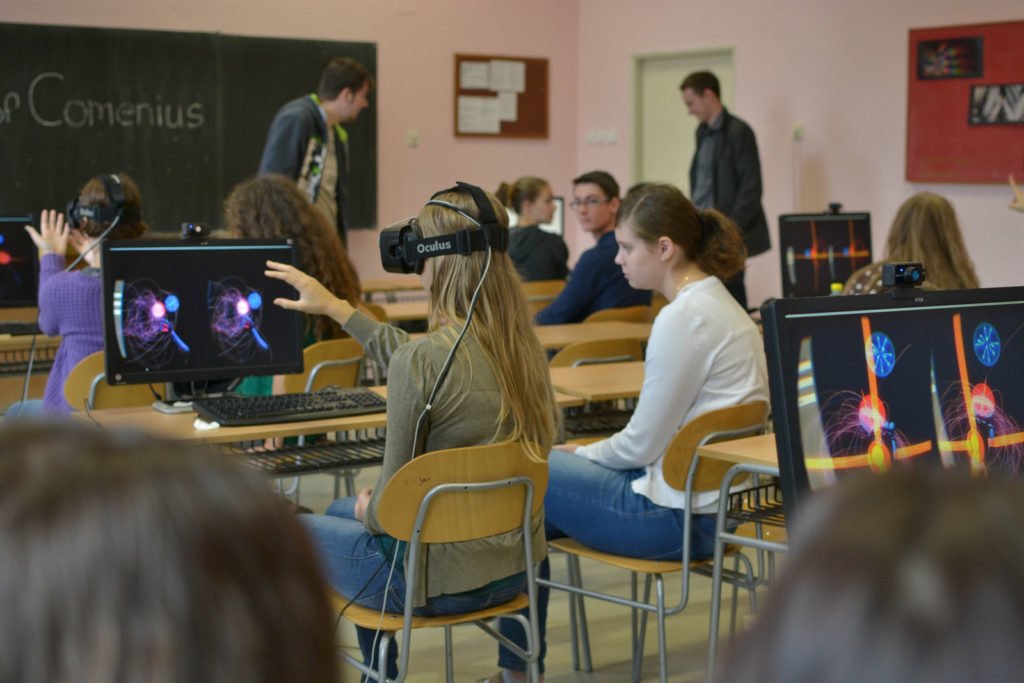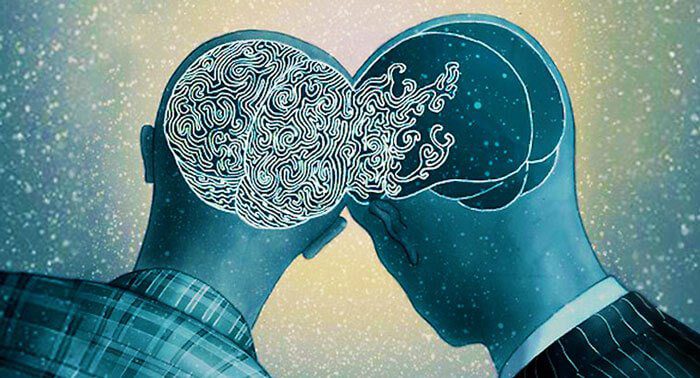Immersive virtual environment technology (IVET) allows people to enter into a virtual world that includes vivid sensory information. They can actually feel as though they are embodying another person’s perceptual experiences. Research is underway to see how these VR experiences can affect human behavior in positive ways.
Three recent experiments looked at whether or not embodied IVET experiences would elicit increased self-other merging, positive attitudes, and empathy toward those with disabilities in a more impactful way than traditional perspective taking. In our physical world, we’re forced to rely on our imaginations to put us “into someone else’s shoes.” Virtually, we’re able to have many of the same experiences as others, which researchers believe could result in higher levels of concern, understanding and empathy.

In one of the studies, participants were divided into two groups. The first was put into experiences where they were red-green colorblind. The other was simply told to imagine they were colorblind. The results showed those who were immersed in the colorblind experience felt concern for others at an increased level up to 24 hours after treatment.
In a second experiment, researchers confirmed there to be a heightened sense of realism when people were in the immersive environment, which led to greater self-other merging than those who were told to imagine a situation. In the final experiment, the effects of the immersive environment were demonstrated in the physical world when participants spent twice as much time to help people who were colorblind than those who were just told to imagine being colorblind. Essentially, those who had “experienced it for themselves” were more empathetic to those who live with the condition on a daily basis.
Researchers concluded the three experiments actually expand the Proteus Effect, a study conducted by Yee & Bailenson in 2007 and 2009. According to the Proteus Effect, people will behave differently in a virtual world depending on the physical characteristics of their avatar. The more recent experiment demonstrated that when people embody the perceptual experience of colorblindness they feel similar to and want to help those who are actually colorblind.
The second conclusion researchers drew from the colorblind study was that “the perception of presence fully mediates” a relationship of oneness. They believe perceived oneness is an essential component in the context of helping others. According to this and other studies, it might actually be a higher perception of oneness that leads to actual helping behavior. Is it really possible that being in a virtual environment as simple as any of the games we play on a daily basis can actually make us want to be better people? The research says, yes!
The final phase of the study resulted in those in the virtual environment spending about seven minutes unsupervised where they help a complete stranger after just five minutes of exposure to the virtual environment. These students knew they would not be compensated for their time or for helping and they were free to stop helping at any time—but most helped anyway.

Ultimately, the researchers concluded this study opens doors to what might be possible when it comes to using virtual environments to encourage helpful behavior and better attitudes. Some believe this could be extremely beneficial in the field of diversity training in the workplace or educational environment.
According to one of the study’s participants, “I did not realize how difficult it could be to do such an easy task [match colors].’’ The experiments demonstrated that, frequently, this realization seems to come only when you can see for yourself.
As a matter of fact, one recent study examined how role-playing affected people’s attitude toward non-English speaking individuals in the workplace. (Madera, Neal, & Dawson, 2011)
According to researchers in the colorblindness study, “future studies should pay attention to both dispositional (e.g., IRI) and situational (e.g., EE or PT) variables and how they encourage interpersonal understanding and helping behavior. As the current experiments have provided a starting point for investigating the process of EE, future studies should probe boundary conditions from both the technical aspect—amount of sensory information and its relationship to presence and oneness—as well as the situational aspect—whether some contexts induce more understanding and helping behavior than others.”





